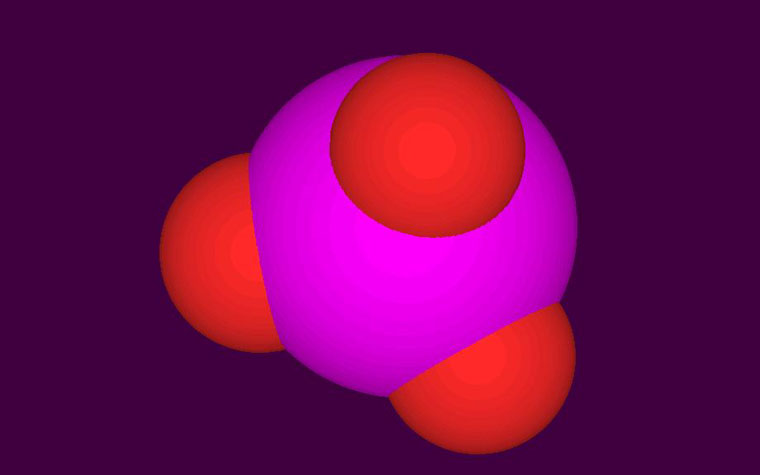I want to start this article off by saying that this is an extremely niche subject and many reefers who perform frequent or even semi-frequent water changes should not worry about their trace elements if most your corals are growing well because as has been my experience and that of many other reefers trying to chase numbers often leads to more harm than good. This article is mostly just to help reefers understand the ecosystems that we try to mirror in our own small slice of the ocean.
Now that we have that out of the way I want to talk about a few very interesting articles that were recently published in Invertebrate Biology and interestingly enough The Journal of Gemmology these articles while in vastly different fields both touch on very similar subjects the first article “Biochemical variability in sponges across the Caribbean basin” discusses the microbial and energetic content of sponge species across the Caribbean. This article showed how even among the same species of sponges there are large variabilities in the carbohydrates, lipids, proteins, refractory materials and energy levels based on the region they are from. There was also a noticeable similarity in the values amongst species from the same areas, in some cases sponges of different species had more similar energy content than those of the same species from different areas.
The Second article from The Journal of Gemmology titled “Identification of Precious Corals (Corallium rubrum vs C. japonicum) Using LA-ICP-MS Analysis” analysed the 10 trace elements in over 1,000 precious corals from the Mediterranean Sea and Pacific Ocean. They found that Magnesium and Sodium and to a lesser extent Strontium, Lithium, and Uranium had a positive correlation with growth rates and that Calcium and Sulfur had a negative correlation with growth. While this finding has little value to them this is extremely valuable to aquarists, this implies that higher levels of magnesium, Sodium, Strontium, Lithium and Uranium lead to quicker growth, and higher Calcium and Sulfur levels may impede growth. While this may only apply to this specific genus of coral or it could be that faster growth leads to higher intake rather than the other way around it is an interesting finding that may be the basis for future research into the significance of trace elements on coral growth. The main findings in the article showed that there is a statistically significant difference in the levels of Barium and Lead in the corals from different regions.
One interesting thing mentioned by the researchers was that there is no correlation between the concentration of Lead and Barium and the color of the coral from white to pink there was no change in the levels of Lead or Barium. While there are several products that add Barium as a trace element, this is yet another study that cannot conclude that there is a significant effect that it has on the collaboration of corals.
Now that all the science jargon is out of the way you may be wondering what that all means and the short answer is taken alone not much, however the long answer is an idea that many in the hobby have been trying to enforce and that is while coral species and genus is important the area that it is collected from can have a far greater impact on the parameter that the coral has been exposed to. While it is easy to see the oceans as a giant fish tank with consistent parameters the fact is that there are very large fluctuations. However this can be a good thing, it shows what we have known for a very long time, there are many different tanks with wildly different parameters and yet corals will grow in most of them because they are extremely resilient and can be acclimated to new conditions.
I think that it is very easy in this hobby to hop on the new trend that is showing amazing color and growth and trying to adapt your tank to fit those parameters but the problem is that one method that works well for one person might not work for the next due to a myriad of factors that we have no way of truly knowing. You can try to get the same PAR, Alkalinity, Calcium, Magnesium, and even certain trace elements like Iodine, Iron, and Potassium, but if your Uranium or even soluble protein is different your corals may not grow as well or look as bright. While this may seem like a bad thing it really just means that as time goes on we will have more and more insight into our tanks, in a few years you might be able to break off the tip of an Acropora and send it in to determine the energy content to see if you need to increase your carbohydrates and decrease you lipid dosage. But until then the best thing you can do for your tank is what it has always been maintain stability and pay attention to your corals, if they don’t look happy do a water change and feed them, test what you can test and make sure those parameters are correct. It is very easy to fall into the trap of religiously following a reefing method or even mixing and matching different methods until you're dosing 50 bottles of who knows what twice a day, I know because I have had to catch myself multiple times because I want to get that extra ¼” of growth.
Last edited by a moderator:













